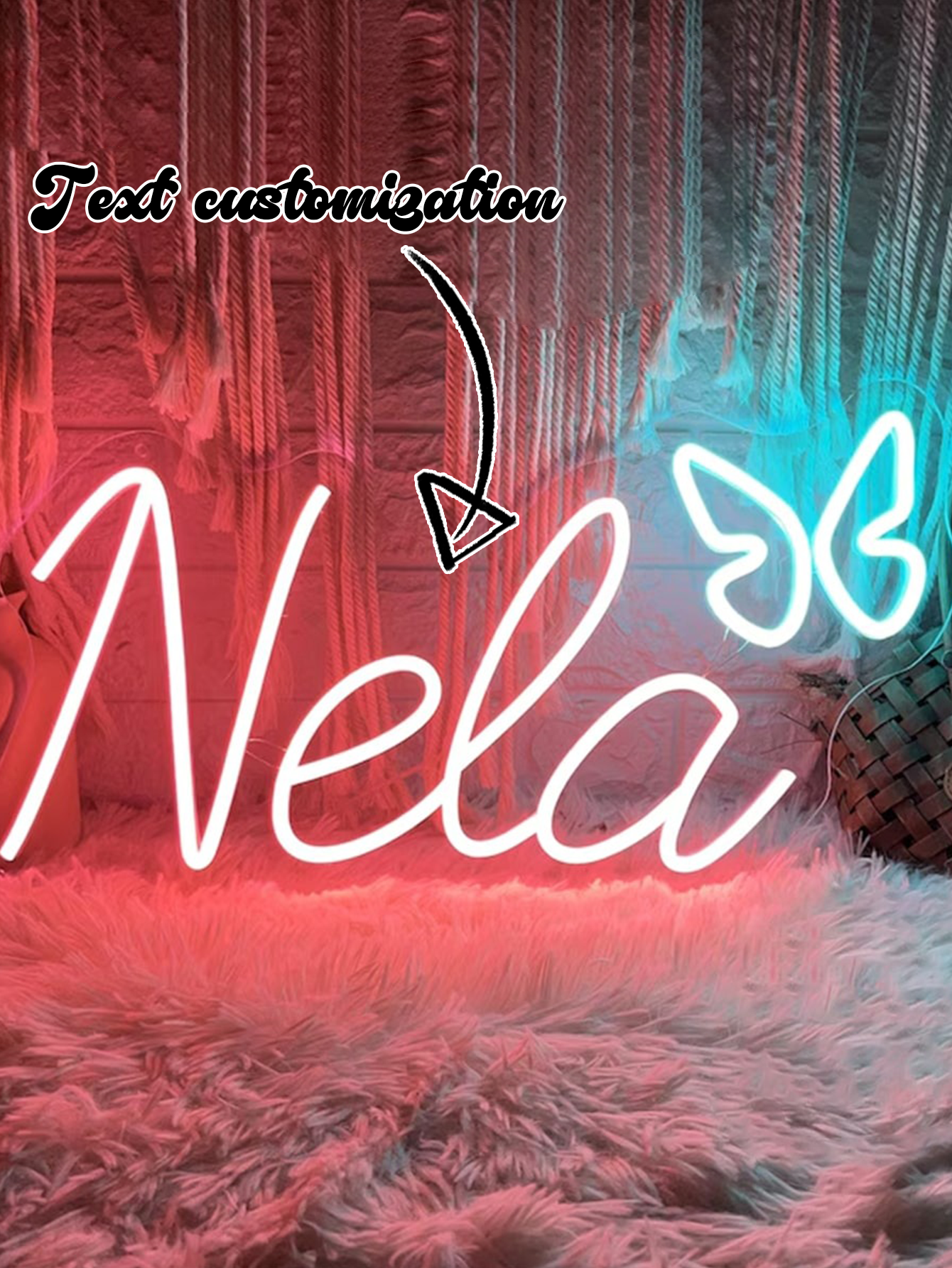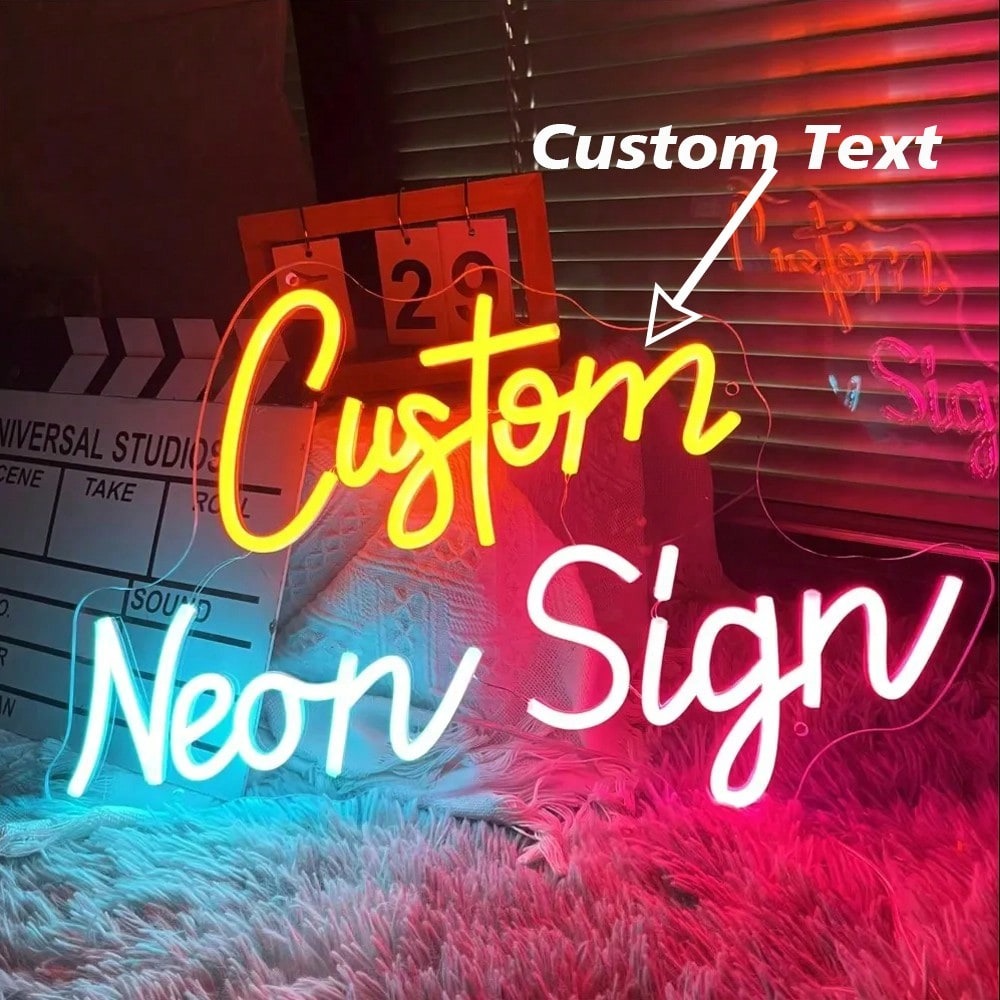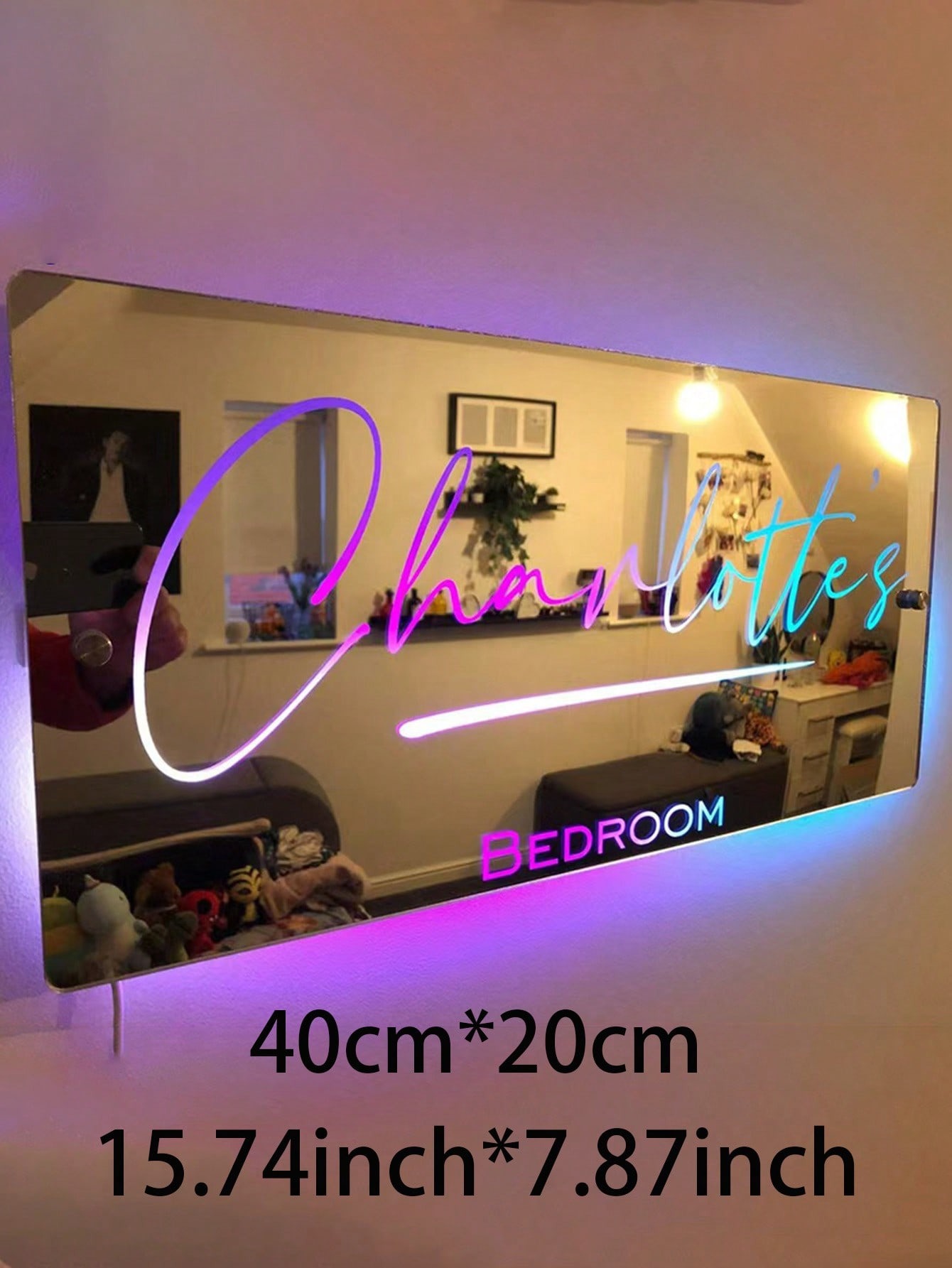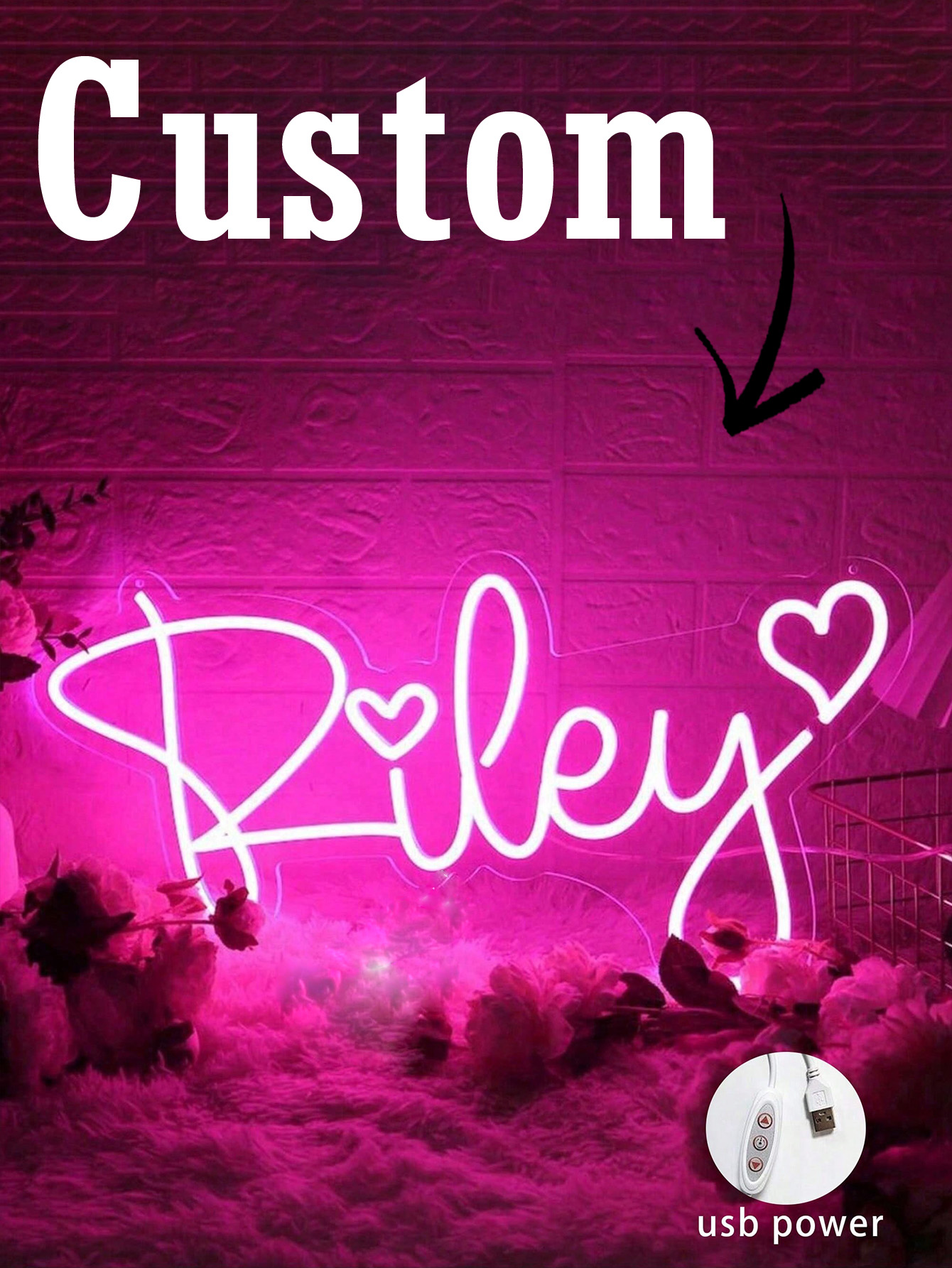The Downsides of Neon Signs: Cost, Safety, and More
What Are the Disadvantages of Neon Signs?
1. High Cost Upfront and Over Time
Traditional neon signs aren’t cheap. From the initial custom work to installation, you’re already paying more than you would for a LED sign. On top of that, they’re not as energy-efficient, which means you’ll notice a higher electricity bill if you keep yours running for long hours.
2. Fragility
The biggest drawback I’ve noticed is how delicate neon signs are. They’re made of glass tubes filled with gas, so even a small bump during cleaning or moving can lead to cracks or leaks. Mine had to be handled like fine china, which made me nervous every time I dusted around it.
3. Safety Concerns
While they look harmless, real neon signs do carry risks. The tubes can contain gases like argon or neon, which aren’t good to inhale if the glass breaks. They also run at high voltages, and if something malfunctions, it can become a fire or shock hazard. I found myself being much more cautious than I ever expected with a piece of décor.
4. Maintenance Hassles
Unlike LED neon, traditional neon requires professional repairs when something goes wrong. A flickering tube or gas leak isn’t something you can fix at home. I had to schedule a technician, which cost extra time and money.

Neon vs LED: Pros and Cons You Should Know
After using both, here’s how I’d compare neon and LED signs side by side.
The Glow Factor
-
Neon: There’s no denying that real neon has a unique glow. It has that warm, vintage feel that LED can’t fully mimic.
-
LED Neon: It’s close, but you can sometimes tell it’s a strip of lights rather than actual gas-lit glass.
Which Neon Color Is Best? Check here
Durability
-
Neon: Easily breakable and not ideal for homes with kids or pets.
-
LED Neon: Far more durable. Mine’s been bumped and handled roughly, and it still works fine.
Energy Efficiency
-
Neon: Consumes significantly more electricity. Leaving it on overnight added a noticeable difference to my bill.
-
LED Neon: Much cheaper to run. I can leave it glowing for hours without guilt.
Safety
-
Neon: High voltage and gas-filled glass tubes make me cautious.
-
LED Neon: Generally safer. They’re encased in flexible silicone or PVC, with little risk of breakage or toxic leaks.
Maintenance
-
Neon: Requires professionals for repairs.
-
LED Neon: Lower maintenance overall, though cheaper ones may dim or flicker with time.

My Verdict After Testing Both
If you’re looking purely for that authentic vintage vibe, traditional neon is unbeatable. It feels like a piece of art. But in terms of practicality, LED neon signs win almost every category—safer, more durable, more energy-efficient, and easier to maintain.
I still love the glow of my custom neon sign, but I can’t ignore its downsides. It’s fragile, expensive, and requires more care than I’d like for something I mostly use as décor. If I were buying again, I’d probably go LED for everyday use and reserve traditional neon for a special, nostalgic centerpiece.
👉Check out the ultimate guide to neon signs here
Design your favorite neon sign here Kstom



